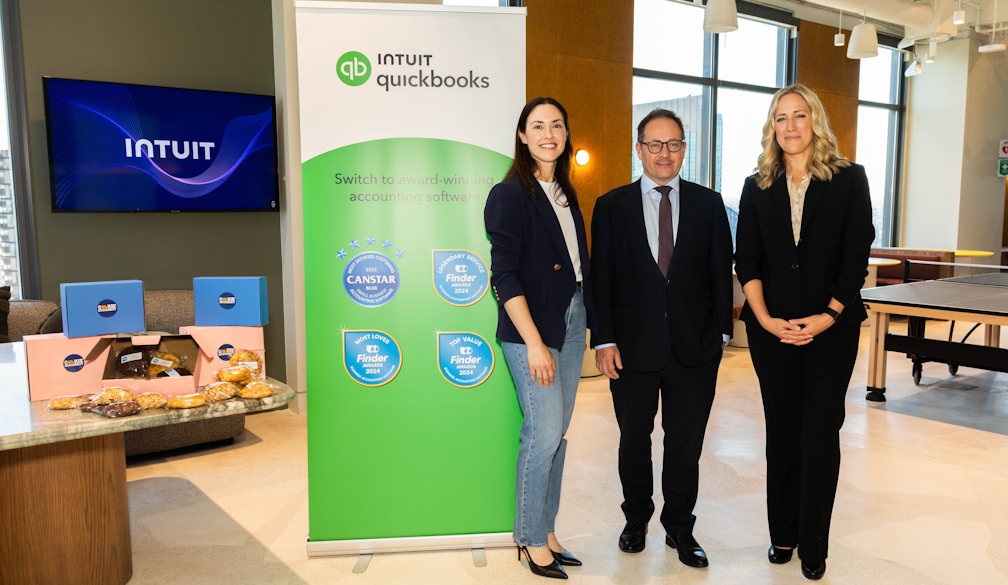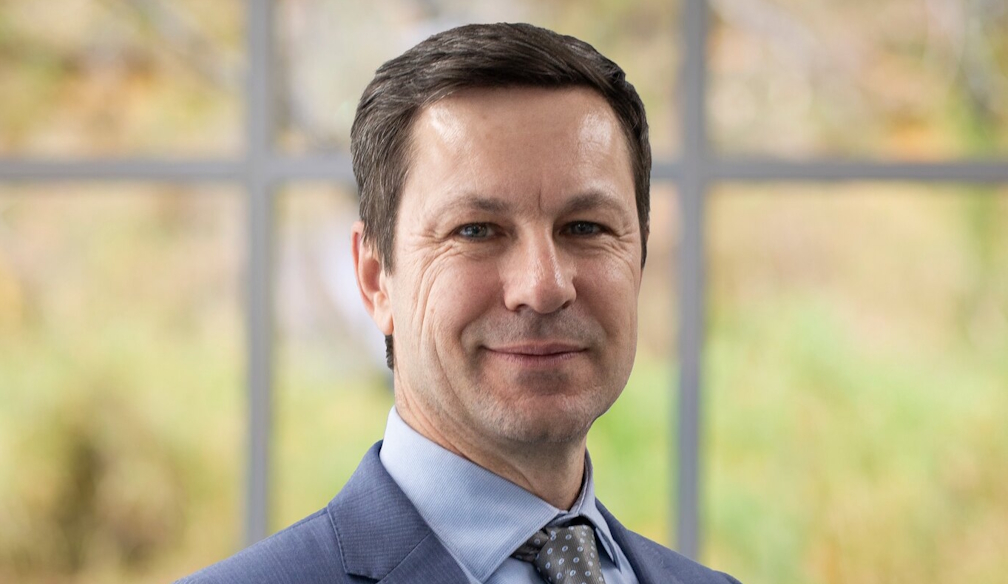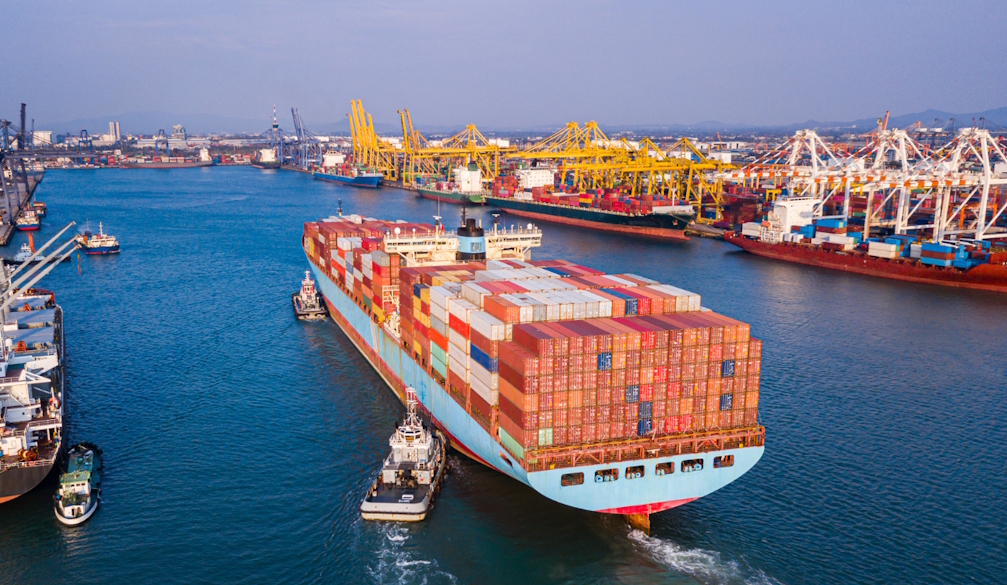Biden is cancelling millions of student debts – here’s what to expect from Albanese
- Written by Peter Martin, Visiting Fellow, Crawford School of Public Policy, Australian National University
So weighed down have Americans become by student debt, and so potent a political issue has it become in the US, that President Biden plans to waive interest or write off money owing by 30 million[1] of them.
He is doing it bit by bit, in the face of resistance from the US Supreme Court[2]. He has already axed or wound back 4.3 million debts, and on Friday cancelled 277,000[3] more.
The benefits, as he keeps telling anyone who will listen in the lead-up to the November election, are likely to be increased consumer spending, better mental health and credit scores for borrowers, and increased home ownership[4].
In Australia, Prime Minister Anthony Albanese is under pressure to do something – anything – for Australians under the same sort of pressure.
Every June, the amount owed jumps
Every June the amount that someone who has borrowed under the Higher Education Loan Program[5] (HELP) jumps. Because the jump is linked to inflation, and because inflation has been low for decades, in most Junes the jump has been small, until last June.
On June 1 2023, Australians who had made no payments over the previous year faced a jump of 7.1%[6]. Someone who had owed $25,000, suddenly owed $26,770, and so on.
A quarter of a million[7] Australians have signed a petition asking for change.
The good news is there’s likely to be some change, and we are likely to hear about it soon, in the lead-up to the May budget.
The bad news for borrowers is it won’t be debt relief of the kind Biden is offering.
It’s worse in the US
While in both Australia and the US it’s the government that lends to pay student fees rather than private lenders (who don’t like the risks) in the US the loans are really onerous, requiring fixed monthly repayments over a set period of time, regardless of the borrower’s circumstances[8].
In Australia and the United Kingdom and New Zealand and some other countries that have copied Australia’s system, the loans are income contingent[9], meaning they only need to be repaid when the borrower’s income rises to a certain level.
At the moment Australia’s repayment threshold is A$51,550[11] per year, meaning anyone who earns less than that doesn’t need to repay a cent, perhaps forever if their income never climbs that high.
Where payments are required, they are taken out in the same way as income tax is, each fortnight[12] for pay-as-you-earn employees.
Buried within Biden’s announcement is a decision to move towards an Australian-style plan he has called SAVE[13], which stands for Saving on a Valuable Education.
If it becomes law, single Americans won’t have to repay until they earn US$32,800. For an American supporting a family of four, the threshold will be US$67,500. It will be an Australian-style system.
Easy wins for Albo
While Australia’s system is much better than the one in the US and has been copied around the world[14], it is far from perfect.
A simple change, identified by the report of the Australian Universities Accord[15] delivered to Education Minister Jason Clare, in February is to increase the amount owing each year by either the rate of increase in prices or the rate of increase in wages, whichever is lower.
Usually, prices increase by less than wages, which is why the system was set up[16] in 1988 to index amounts owed to prices.
But last year, unusually, prices increased faster than wages. In those years it would be simple to lift the amount owed only in line with wages, as the report recommends[17].
The amount owed needs to increase in line with something, because otherwise its value would shrink rapidly as prices rose. The government doesn’t charge interest (which would hurt) so instead it lifts the amount owed in line with prices to ensure that compared to other things it remains little changed.
Make repayments more like tax
Although we repay student loans through the income tax system, we don’t do it like income tax.
Here’s how it works for tax: on our first $18,200 of income we pay nothing, then we pay 19 cents in the dollar for each extra dollar[18] we earn up to the next threshold, and so on. The key words here are “for each extra dollar”. We continue to pay nothing on the first $18,200 we earn.
Higher education loans work differently. For them, we repay nothing until we earn $51,550, and then at that point, even if we earn just one dollar more, we pay one per cent of all[19] our annual income, the entire $51,550 (which amounts to $515).
It’s a repayment cliff[20] that sends us backwards. It means earning an extra dollar costs more than $500 in that year That’s an effective marginal tax rate[21] of 500%.
The cliff matters. Each year, there’s an impressive cluster[22] of taxpayers who happen to be earning just under the threshold. More likely to be women than men, they might be deciding not to work in order to keep their incomes below the threshold.
Make it easier to get home loans
Britain[23] and other nations that copied Australia’s system don’t impose large repayments in one hit, and the economist who designed Australia’s system now says that part of the system was “an error, a mistake[24]”.
That economist, Bruce Chapman, has suggested a redesign that would require collections only on extra rather than total incomes, a proposal the report to the government endorses.
And there’s something else Albanese can do. Right now Australia’s banking regulator requires banks to count student loans as debt[25] for the purpose of determining who can get a housing loan, knocking some former students out.
Chapman says it would make more sense to treat the compulsory payments as tax, which is how they function. All they do is reduce after-tax income, and for low earners, they don’t even do that. It’d get more people into housing.
Now it’s over to Albo.
Read more: How do we protect students from ballooning HELP debts? A fixed maximum indexation rate would help[26]
References
- ^ 30 million (www.whitehouse.gov)
- ^ US Supreme Court (www.scotusblog.com)
- ^ 277,000 (www.whitehouse.gov)
- ^ increased home ownership (www.whitehouse.gov)
- ^ Higher Education Loan Program (www.ato.gov.au)
- ^ 7.1% (www.ato.gov.au)
- ^ quarter of a million (www.change.org)
- ^ regardless of the borrower’s circumstances (www.sciencedirect.com)
- ^ income contingent (link.springer.com)
- ^ Bonnie Cash/AAP (photos.aap.com.au)
- ^ A$51,550 (www.ato.gov.au)
- ^ each fortnight (www.studyassist.gov.au)
- ^ SAVE (studentaid.gov)
- ^ copied around the world (rsfas.anu.edu.au)
- ^ Australian Universities Accord (www.education.gov.au)
- ^ set up (parlinfo.aph.gov.au)
- ^ report recommends (cdn.theconversation.com)
- ^ each extra dollar (www.ato.gov.au)
- ^ all (www.ato.gov.au)
- ^ repayment cliff (cdn.theconversation.com)
- ^ effective marginal tax rate (brucejchapman.com)
- ^ impressive cluster (cdn.theconversation.com)
- ^ Britain (www.bbc.com)
- ^ an error, a mistake (cdn.theconversation.com)
- ^ as debt (www.apra.gov.au)
- ^ How do we protect students from ballooning HELP debts? A fixed maximum indexation rate would help (theconversation.com)
Authors: Peter Martin, Visiting Fellow, Crawford School of Public Policy, Australian National University















